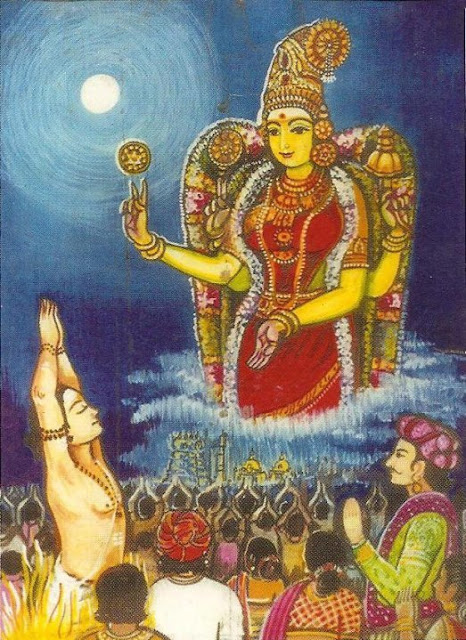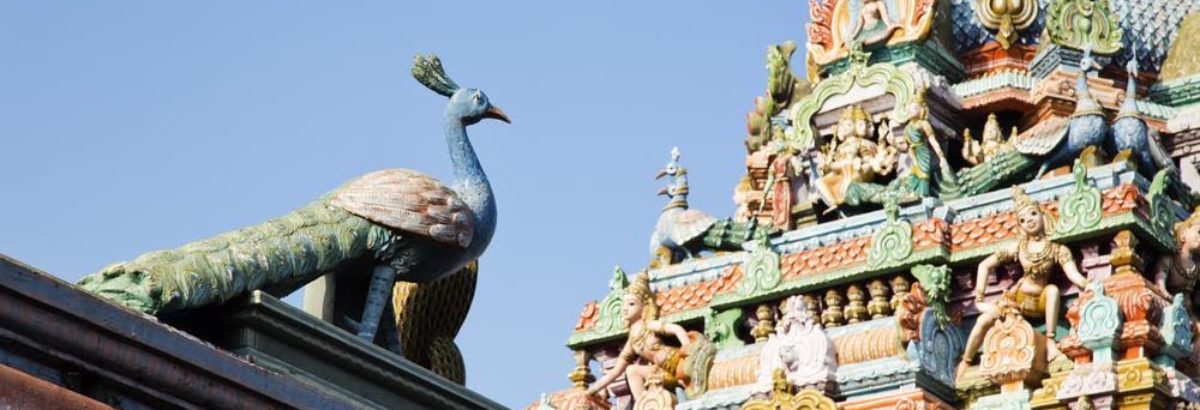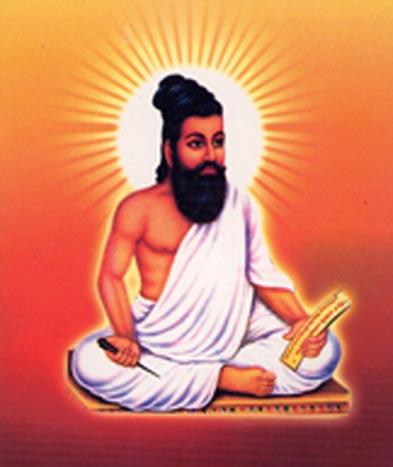BANGALORE NAGARATHINAM AMMAL
Bangalore Nagarathinam Ammal a devoted lady whose wealth, time and life were dedicated to Classical music and who immortalized her life by taking the initiative to construct the Samadhi of Sri Tyagaraja. With single minded devotion she did the Kumbhabhishekam on January 7, 1925. She started the annual celebrations on a firm and grand scale. Daughter of Smt.Puttulakshmi, She learnt Sanskrit, music and violin.
She composed
Sri Tyagaraja Ashtothra Namavali in Sanskrit,
Panchee Karana Bowdheeka in Tamil and Madhyapanam in Telugu.
It is said that She reprinted the telugu classic “Radhika Swayamvaram” of Muddu Palani, a courtesan of the 18th century.
She was a great musician and on her music Sri. Vasudevacharya says:
“ A queen among dancers and singers, she was an apostle of modesty. The pride of the Kannada land, she was a selfless soul and had the boons of beauty, learning and wealth in equal proportions.. her respectful demeanor in the presence of senior vidwans attracted me. She stood as though come to offer worship, never even looked up… spoke little… a divine charm hallowed her beauty.
Her style of singing was religiously classical. She had accurate layagnana. Her voice combined the melodic sweetness of a female voice the dignity of a male voice. As she had a sound knowledge of Bharathanatya, her singing had an emotions appeal. Yadukulakambhoji was her favourite. She was never afraid of any challenge from any musician.”
PRANAMS TO THE GREAT NAGARATHINAMMAL (BANGALORE)







